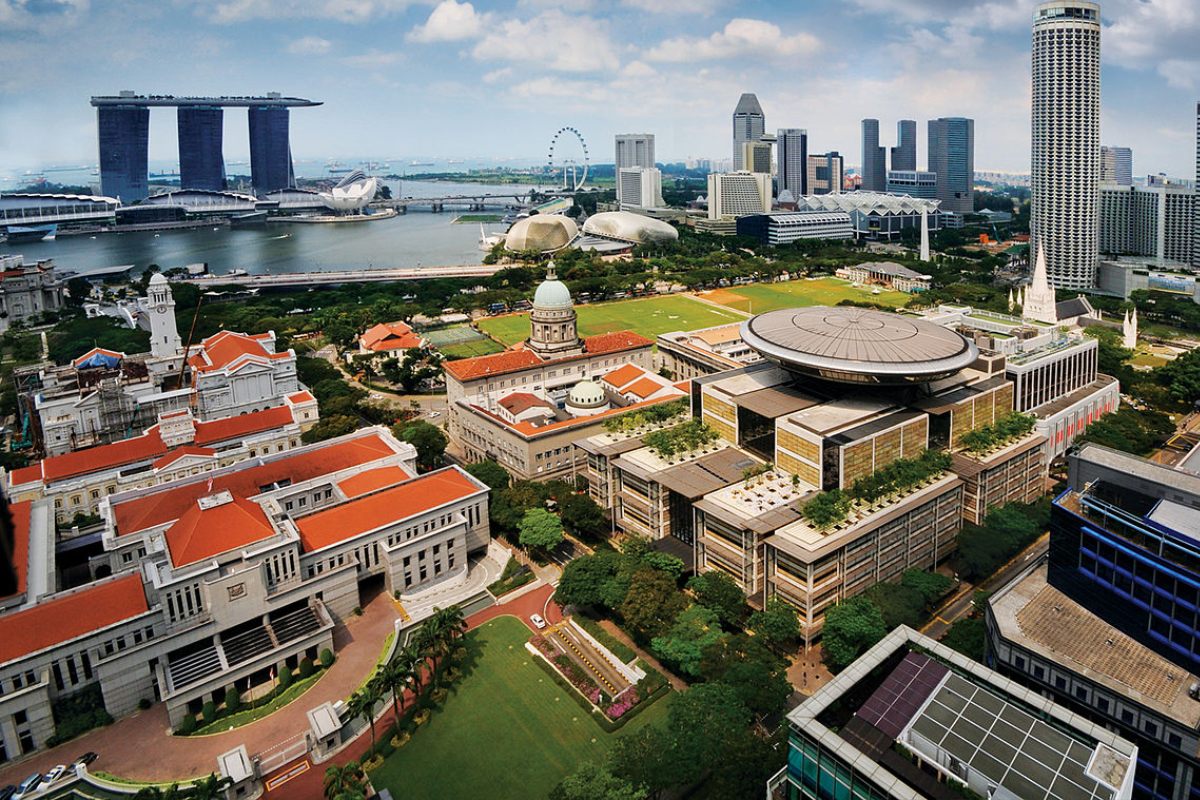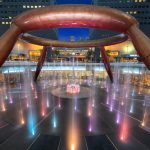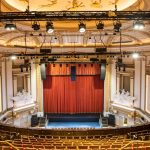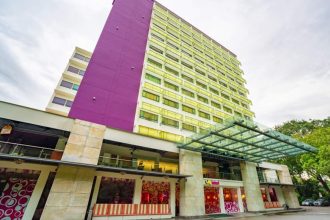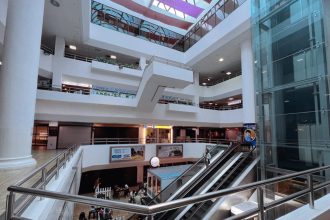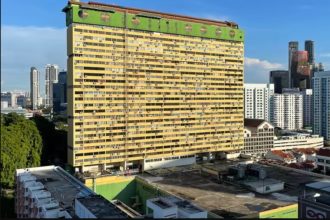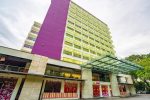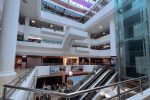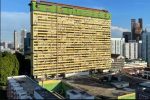Key takeaway
If you want to walk through Singapore’s architectural past and present, these “trails” are not just scenic walks. They are living routes through history. From colonial‑era monuments in the Civic District to modern green skyscrapers in the city, each step lets you feel how Singapore’s identity has built over time, brick by brick, garden by garden.
You might think “architectural trails” in Singapore means a list of design museums or guided tours. But really, you can do this on your own, by walking familiar neighbourhoods. Singapore’s cityscape is layered: colonial monuments, public housing firsts, and biophilic high-rises all sit alongside each other. A walk through them becomes a kind of time travel, and a way to connect architecture with people.
Strolling through the Civic District
The Civic District is where Singapore’s architectural story begins. Here, many national monuments stand side by side, telling the story of colonial government, independence, and a growing nation. These buildings are part of what you might call a “heritage trail” through history.
National Gallery Singapore (Former City Hall & Supreme Court)
The National Gallery Singapore is a prime example of architecture bridging past and present. The gallery is housed in two national monuments: the former Supreme Court Building and the former City Hall. The Supreme Court building was completed in 1939, designed in a classical style, with a rotunda under a dome. City Hall, built around the same era, has a front façade framed by 18 Corinthian columns. Today, these old buildings are linked by modern architectural elements like glass walkways, creating a powerful contrast between history and contemporary design.
Victoria Theatre & Concert Hall
Just a short walk from the Gallery, you come to the Victoria Theatre and Concert Hall. These buildings date back to the 19th and early 20th centuries. The architecture is neoclassical, with tall Corinthian columns and plaster ornamentation. After restoration between 2010 and 2014, the complex now has refreshed performance spaces while retaining its historical façade.
The Arts House (Old Parliament House)
Nearby is The Arts House, formerly Singapore’s Parliament House, and before that the Legislative Assembly building. This building goes back to the 1820s, designed in a neo-Palladian style. Today, it is a venue for arts and performances, seamlessly preserving its past while contributing to contemporary culture.
Heritage in the Heartlands: Queenstown Trail
If you shift your walk to Queenstown, you step into Singapore’s first satellite town, a place where architectural and social history meet. The My Queenstown Heritage Trail guides visitors through this suburban experiment, showing how architecture shaped daily life. You can also see Queenstown Heritage Trail, which highlights important public housing and local landmarks along the route.
First HDB Flats and Forfar House
Queenstown’s first public housing was built by the Singapore Improvement Trust (SIT) in the 1950s. One highlight was Forfar House, a 14-storey SIT block, once the tallest building in public housing. Though the original Forfar House has been demolished, its site is now occupied by modern 40-storey HDB flats called Forfar Heights. This evolution shows how Singapore steadily increased residential density while improving building safety, comfort, and liveability over the decades.
Princess House and Public Housing Administration
Another stop is Princess House, which has strong social significance. Built in 1957, it served as the first office of SIT, and later became the first headquarters of the Housing and Development Board (HDB). Its modernist design reflects functionalism, “form follows function,” common in post-war architecture. Today, the building is conserved. The structure also symbolizes the early administrative efforts that shaped Singapore’s national housing programme into what it is today.
Commonwealth Avenue Wet Market
The trail also includes the Commonwealth Avenue Wet Market (aka Queenstown Market), built in 1960 by SIT. Its bold parabolic-vaulted roof allowed rainwater to run off quickly, and its ventilated honeycomb screen walls kept the space naturally airy. The building was gazetted for conservation in 2014. The market’s distinctive form makes it one of the most recognisable examples of mid-century experimental design in Singapore’s public architecture.
Modern Green Trails: Biophilic Walks in the CBD
Walking trails are not only about old buildings. Singapore’s modern architectural trail brings you through innovations that combine nature and structure.
PARKROYAL Collection Pickering
This hotel‑office hybrid on 3 Upper Pickering Street is designed as a “hotel in a garden.” It opened in January 2013. The building has 15,000 m² of sky‑gardens, planter terraces, water features and green walls, over 200% of its land area. These vertical gardens help cool the building naturally. It also won a Platinum rating under the BCA Green Mark system.
The design bridges the scale of the park nearby (Hong Lim Park) and the dense city skyline. On top of that, the building includes a publicly accessible walking trail, about 300 meters long, winding through its terraced gardens at different levels. Nearby, visitors can also wander through Chinatown architecture, appreciating heritage façades and conservation blocks along the streets.
Putting Together Your Architectural Walk
To help you experience Singapore’s architectural layers in a single journey, you can follow a route that moves from civic landmarks to neighbourhood heritage and back to contemporary design. This sequence lets you see how the city’s built environment has evolved across different districts and eras.
- Start in the Civic District: Begin from the Padang, visit City Hall, former Supreme Court, and then walk to the Victoria Theatre & Concert Hall.
- Walk to The Arts House: A short stroll brings you to this building once used as Parliament. Pause and admire its colonial architecture.
- Head to Queenstown: Take public transport to Queenstown MRT, then follow My Queenstown Heritage Trail to see Forfar Heights, Princess House, and the conserved wet market.
- Return to Downtown Core: Make your way to Upper Pickering Street and walk through PARKROYAL Collection Pickering’s sky-gardens and terraces.
- Wind down with a café or park stop: Use Hong Lim Park or nearby cafés to pause and reflect on how old and new architecture coexist.
Quick tips for a meaningful walk
Before you begin your architectural trail, a bit of preparation helps you enjoy the journey more comfortably and safely. These simple tips ensure you can focus on the buildings, stories, and landscapes without unnecessary distractions.
- Bring water and sun protection, some parts are exposed.
- Go in the morning or late afternoon to avoid midday heat.
- Wear comfortable shoes, these “trails” are walkable but involve uneven terrain (especially in garden terraces).
- Use a guide map (digital or printed) for heritage walks like the Queenstown trail.
- Respect preservation rules: some monuments have restricted access, so stay on public paths.
| Building | Key facts | Nearest MRT | Sources |
|---|---|---|---|
| National Gallery Singapore (City Hall & Supreme Court) | Supreme Court: built 1939; City Hall: 1920s; neoclassical architecture; national monuments | City Hall MRT | Gallery history |
| Victoria Theatre & Concert Hall | Original Town Hall 1862; Concert Hall 1905; neoclassical facade; restored 2014 | City Hall / Esplanade MRT | Roots profile |
| PARKROYAL Collection Pickering | 16 storeys; 15,000 m² sky‑gardens; BCA Green Mark Platinum; opened 2013 | Chinatown / Clarke Quay MRT | Design details |
Why These Trails Matter
Walking through Singapore’s architectural past and present is more than a tourist route. It is a chance to feel how the city-state has grown, not just economically, but socially, politically, and environmentally. As you walk, you understand how public spaces, housing, and monuments reflect shifts in values: from colonial government, to self-governance, to a dense but green modern city.
These trails invite you to pause. To look up at old columns, to walk along sky gardens, to imagine life in 1950s flats. In doing so, you connect with the lived stories of people who shaped this place, and whose legacies are built, quite literally, into the skyline. You can also reference Singapore heritage monuments to deepen your understanding of preserved buildings and historic sites across the city.
